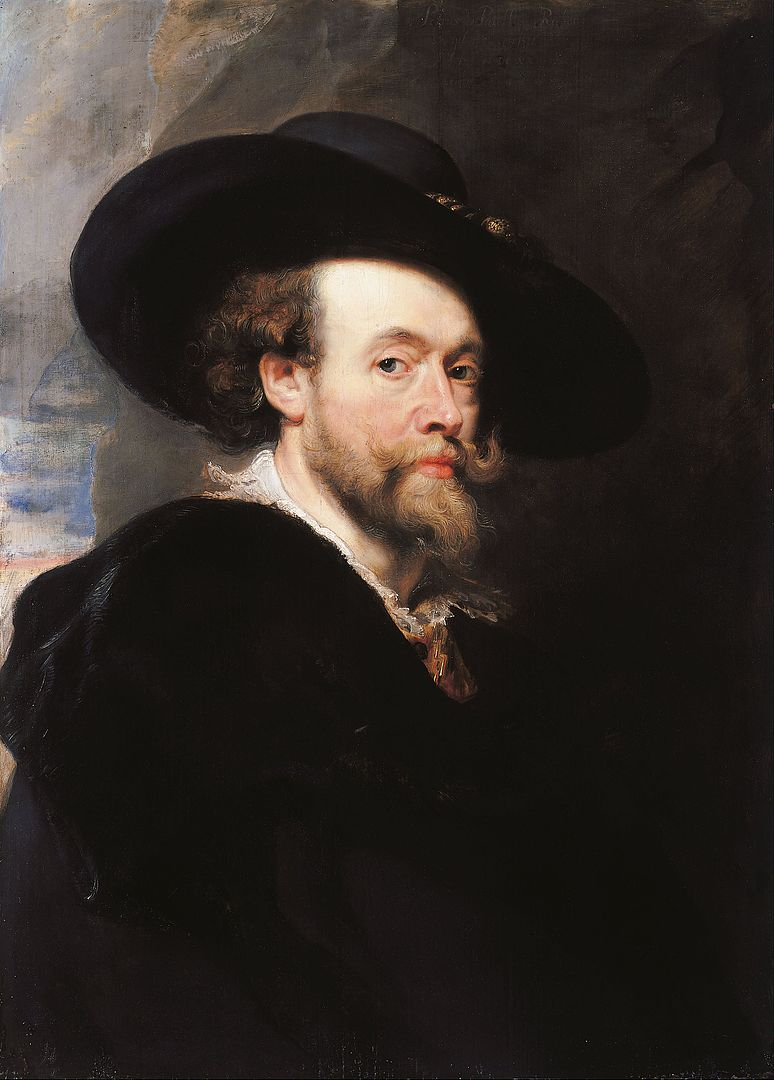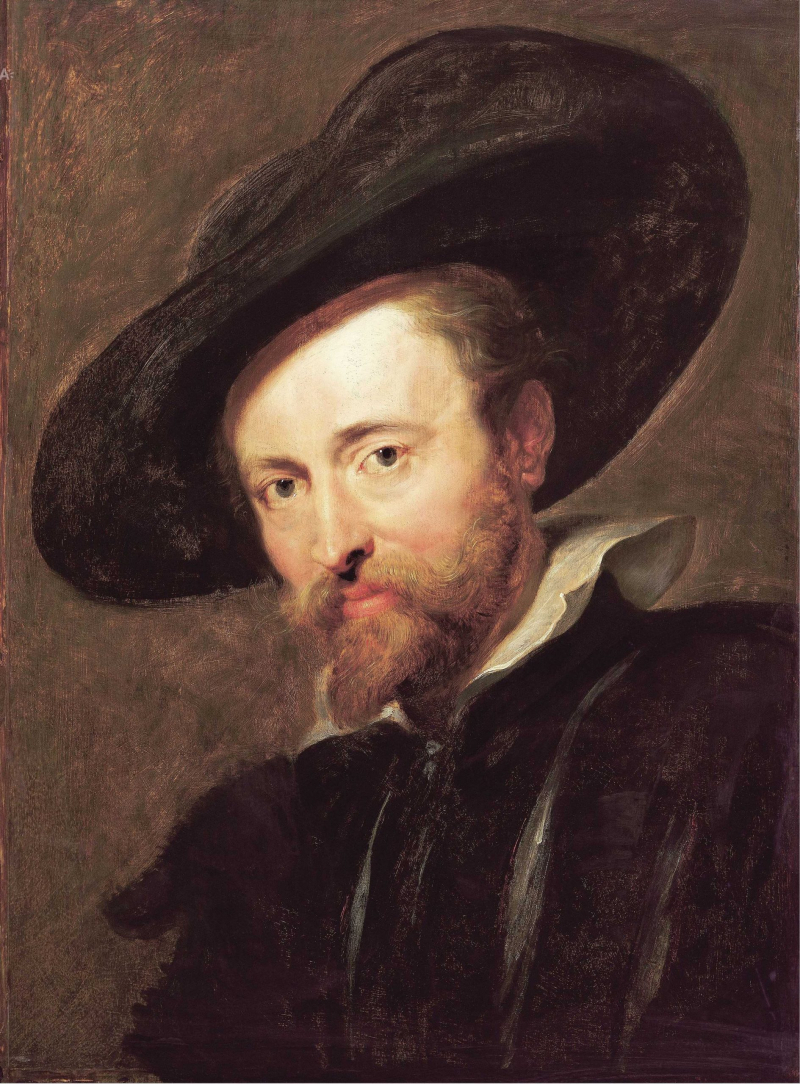Sir Peter Paul Rubens
Sir Peter Paul Rubens (28 June 1577 – 30 May 1640) was a Flemish artist and diplomat from the Southern Netherlands' Duchy of Brabant (modern-day Belgium). He is often regarded as the most prominent Flemish Baroque artist. Rubens' highly heated compositions allude to learned aspects of classical and Christian history. His distinct and extremely popular Baroque style stressed movement, color, and sensuality, following the Counter-direct, Reformation's dramatic aesthetic style. Rubens was a painter who created altarpieces, portraits, landscapes, and historical works depicting mythological and allegorical subjects. He was also a prolific designer of cartoons for Flemish tapestry factories as well as frontispieces for Antwerp publishers.
Rubens was a classically educated humanist scholar and diplomat who was knighted by both Philip IV of Spain and Charles I of England, in addition to having a huge workshop in Antwerp that produced paintings popular with nobles and art collectors throughout Europe. Rubens was an extremely productive artist. Michael Jaffé's catalog of his works lists 1,403 items, minus countless replicas prepared in his studio.
His commissioned works were largely history paintings with religious and mythical themes, as well as hunt scenes. He created portraits, particularly of friends, and self-portraits, as well as landscapes later in life. Rubens created tapestries, prints, and his own home. He also managed the ephemeral decorations for Cardinal-Infante Ferdinand of Austria's royal arrival in Antwerp in 1635. In 1622, he released Palazzi di Genova, a book illustrated with drawings of Genoa's palaces. The book had a significant impact on the dissemination of the Genoese palace style in Northern Europe. Rubens was an ardent art collector who amassed one of Antwerp's largest collections of art and books. He was also an art dealer, selling a large number of art artifacts to George Villiers, the 1st Duke of Buckingham.












